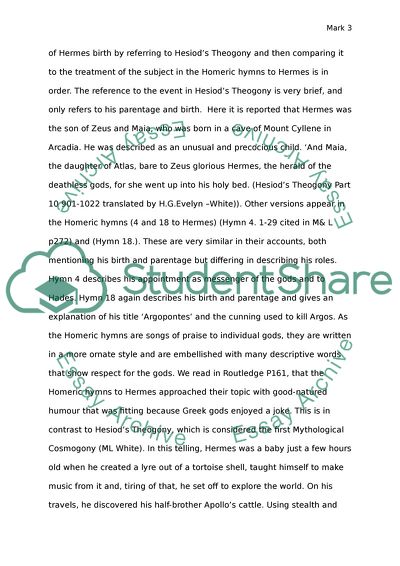Cite this document
(The Character of Hermes in Mythology Research Paper, n.d.)
The Character of Hermes in Mythology Research Paper. Retrieved from https://studentshare.org/history/1761648-choose-a-mythological-character-copy-of-question-attached
The Character of Hermes in Mythology Research Paper. Retrieved from https://studentshare.org/history/1761648-choose-a-mythological-character-copy-of-question-attached
(The Character of Hermes in Mythology Research Paper)
The Character of Hermes in Mythology Research Paper. https://studentshare.org/history/1761648-choose-a-mythological-character-copy-of-question-attached.
The Character of Hermes in Mythology Research Paper. https://studentshare.org/history/1761648-choose-a-mythological-character-copy-of-question-attached.
“The Character of Hermes in Mythology Research Paper”, n.d. https://studentshare.org/history/1761648-choose-a-mythological-character-copy-of-question-attached.


